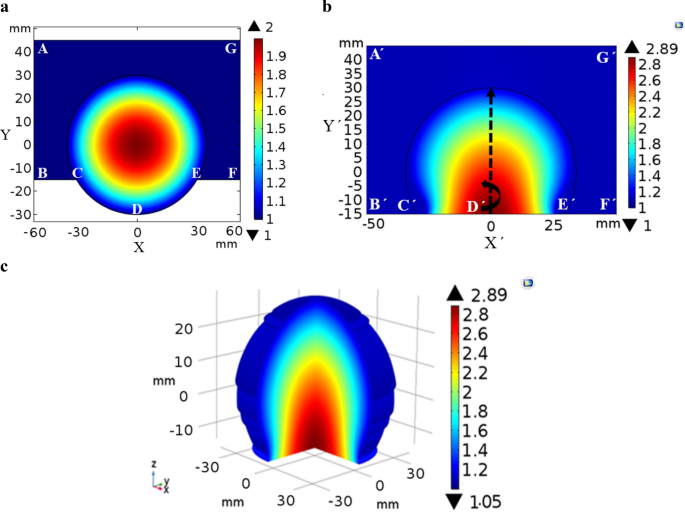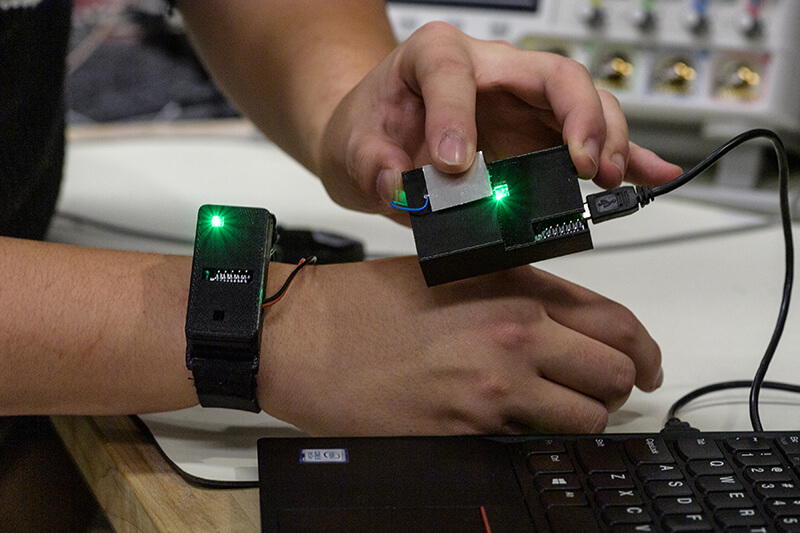(UBCO research takes the chill off icy build-up on planes and wind turbines)
2020/12/17 カナダ・ブリティッシュコロンビア大学(UBC)

・ UBC が、航空機や風力発電用タービンの霜や着氷をリアルタイムで検出し、それらの溶解速度を計算する高耐久性のマイクロ共振器センサーを開発。
・ 航空機や風力タービンへの霜や着氷は、それらのシステムの安全性と効率性に影響を与える可能性がある。産業界は、この問題に対処できるセンシングと除氷によるソリューションに期待を寄せる。
・ 同センサー開発初期段階での航空・再生可能エネルギー産業からの多大な関心を受け、本研究では同センサーの反応性と精度を向上させた。
・ 現在は航空機での標準装備化に向け、厳格な承認プロセスを通じて航空産業が同センサーの試験を実施中。先般受領したカナダ国防省(DND)からの研究資金により、同センサーの機能の強化を図る。
・ また、風力タービン企業数社との協力でウィンドファームへの導入を検討中。ブレード本体ではなく、ブレードの高さと同等の場所に取り付けて使用できるため、ブレードの運動に関連した計算用の変数の考慮も不要に。
・ 同センサーでは、より低い温度で凍結する塩氷の検出も可能。石油リグや海洋インフラへの塩氷の付着から、その形成の理解とモニタリングへの関心が高まっている。
・ 本研究は、カナダ・自然科学・工学研究機構(NSERC)、Mitacs Accelerate grant、カナダ・イノベーション財団(CFI)およびカナダ国防省(DND)によるグラントにより実施された。
URL: https://news.ok.ubc.ca/2020/12/17/ubco-research-takes-the-chill-off-icy-build-up-onplanes-and-wind-turbines/
<NEDO海外技術情報より>
(関連情報)
ACS Applied Materials & Interfaces 掲載論文(アブストラクトのみ:全文は有料)
Modified Microwave Sensor with a Patterned Ground Heater for Detection and Prevention of Ice
Accumulation
URL: https://pubs.acs.org/doi/10.1021/acsami.0c17173
Abstract
Ice accumulation on aircraft is known to negatively impact the aerodynamic and mechanical operation, sometimes resulting in catastrophic failure. Recently, microwave resonators have gained interest as durable and reliable frost and ice detectors. Here, a microwave resonator sensor with built-in heating capability patterned into the ground plane was designed, fabricated, and tested to investigate real-time ice and frost growth. Sensing was performed on surfaces with anti-icing coatings to quantitatively analyze the effectiveness of these materials. The sensor was also tested to determine its ability to evaluate different deicing methods. The sensor itself was a split-ring resonator (SRR) operating at 5.82 GHz, which could effectively distinguish between water and ice by detecting changes in the dielectric properties on or around its surface. This application was particularly suited for an SRR due to the extreme difference between the relative permittivity of water (ε = 90) and ice (ε = 3.2) at 5 GHz and 0 °C. The results from this sensor can be used to determine the holdover time of various coatings to resist ice formation. This study validates the use of SRRs as ice detection sensors for applications where ice and frost are of great interest, such as on aircraft, roads, or walkways.



